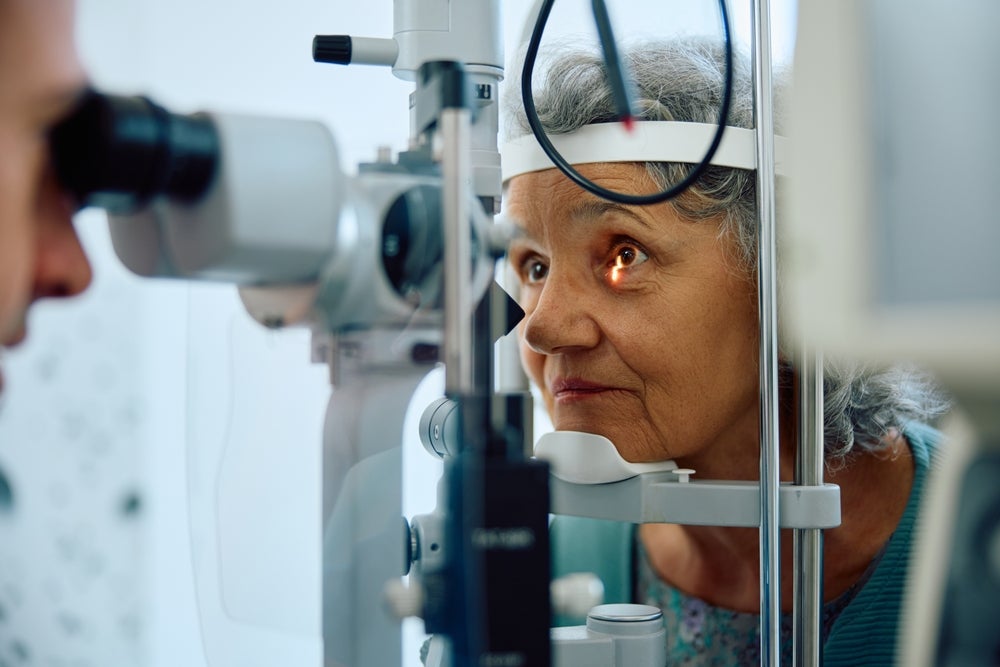The osteoarthritis (OA) market was valued at $2.5 billion in the 7MM (seven major markets) in 2021, and is expected to increase to $3.8 billion in 2031, at a compound annual growth rate (CAGR) of 4.4%. Major drivers of growth in the OA market over the forecast period include the launch of new biologic therapies as well as the launch of drugs with novel mechanisms of action (MOAs) and disease-modifying effects. Two categories of novel therapies stand out: cell therapies and therapies with novel MOAs, with new products in each category being forecast to launch between 2023 and 2025. These are forecast to contribute significantly towards sales in the OA market in 2031, accounting for 10% and 14.2% of the 7MM sales, respectively.
The OA space has long been dominated by large pharmaceutical companies such as Bayer, Pfizer, and Eli Lilly. This is in large part due to the current standards of care (SOCs) in OA, which focus on symptom management, and as such, the market is made up primarily of generic pain therapies, including nonsteroidal anti-inflammatory drugs (NSAIDs), opioids, antidepressants, and intra-articular (IA) injections.
However, the late-stage pipeline is seeing new companies enter the space, with intense competition for patient share driving innovation. As such, analgesics with innovative MOAs—including anti-nerve growth factors (anti-NGFs; fasinumab), an IA formulation of capsaicin (CNTX-4975), and novel improved formulations of marketed therapies (X-0002)—continue to be studied in clinical trials. Overall, eight new product launches are forecast to take place in the OA market by 2031.
Additionally, the OA market demands novel DMOAD (disease-modifying OA drug) therapies to address current unmet needs of OA patients. As a result, several significant therapies can be found in the current OA pipeline: the cell-based therapy Invossa, developed by Kolon TissueGene and Organogenesis Holdings’s ReNu; as well as Biosplice Therapeutics’s lorecivivint, a small molecule therapy.
Growth in the OA market is also strongly attributed to the overall growing patient population, with a 12.3% increase in the number of patients receiving treatment from 2021 to 2031. An aging population is expected to contribute to the overall increase in patient numbers and, ultimately, the number of patients receiving treatment. However, the most notable factor limiting the growth of the OA market is the lack of growth in the established classes of the pain market, and in particular, the growth of topical capsaicin (CAGR 0.7% in the US) and opioids (CAGR 1.0% in the US).
See Also:
Therefore, growth expectations for the overall OA market (7MM) remain modest at a CAGR of 4.4% despite the launch of several novel therapies in the forecast period as well as the overall growth of the patient population.
How well do you really know your competitors?
Access the most comprehensive Company Profiles on the market, powered by GlobalData. Save hours of research. Gain competitive edge.

Thank you!
Your download email will arrive shortly
Not ready to buy yet? Download a free sample
We are confident about the unique quality of our Company Profiles. However, we want you to make the most beneficial decision for your business, so we offer a free sample that you can download by submitting the below form
By GlobalData









Related Company Profiles
Pfizer Inc
Bayer AG
Eli Lilly and Co
Organogenesis Holdings Inc